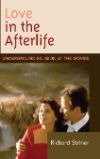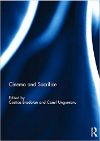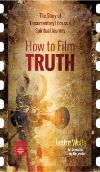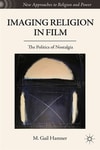- Author(s): M. Gail Hamner
- When: 2013-11
- Where: Journal of the American Academy of Religion
Every time i broach the task of teaching my course on “Religion and Film,” I feel doused with bad faith. The course really should be titled something like “‘religion’ ‘and’ ‘film,’” or so I start muttering to myself. How should I name and teach a course that attempts to leverage current scholarship in religion to examine what counts as religion in various image productions that are, actually, no longer produced on film? How might I bring a century of film theory to bear on representations of Christian, Jewish, Muslim, or other “religious” persons, texts, and institutions? And how do I bring together these two complex fields of inquiry (the study of religion and film theory) in ways that resist essentializing their key concepts (which grants a false clarity to my students), or putting those key concepts under continuous erasure (which seems only to create frustration and despair)? These pedagogical conundrums are compounded by desires situated on the other side of the lectern. Students—at least my undergraduates at Syracuse University—enter my classroom with a wide variety of murky assumptions about what religion is, and also with a vague sense that my course will be a kind of filmic “religions of the world” experience. Many seem to hope that they will leave the class full of knowledge and pretty pictures of “world religions,” without having to plod through tedious religious texts. There is no perfect solution to these conundrums, but I have developed practical and theoretical means by which to navigate them (and my bad faith).







